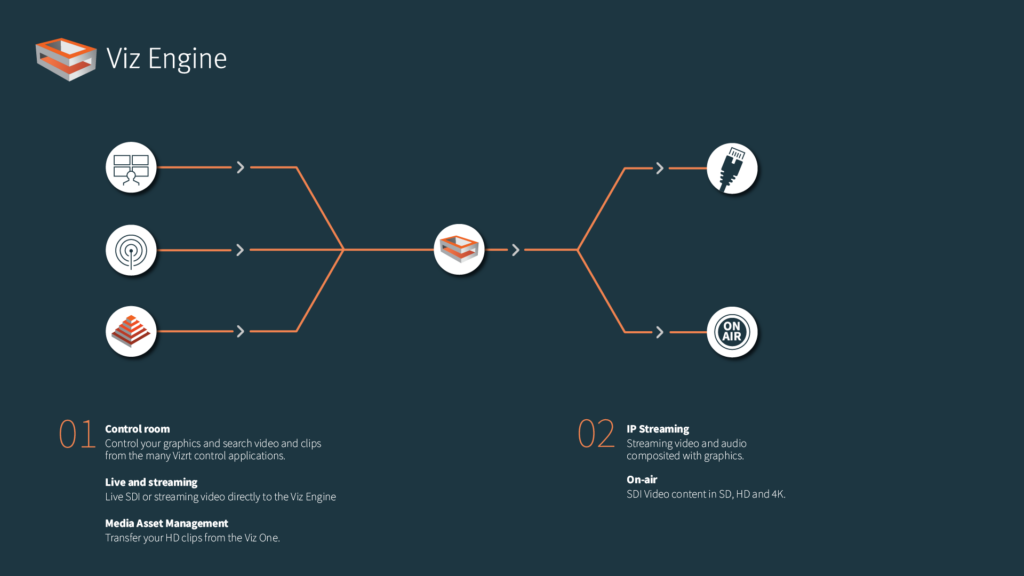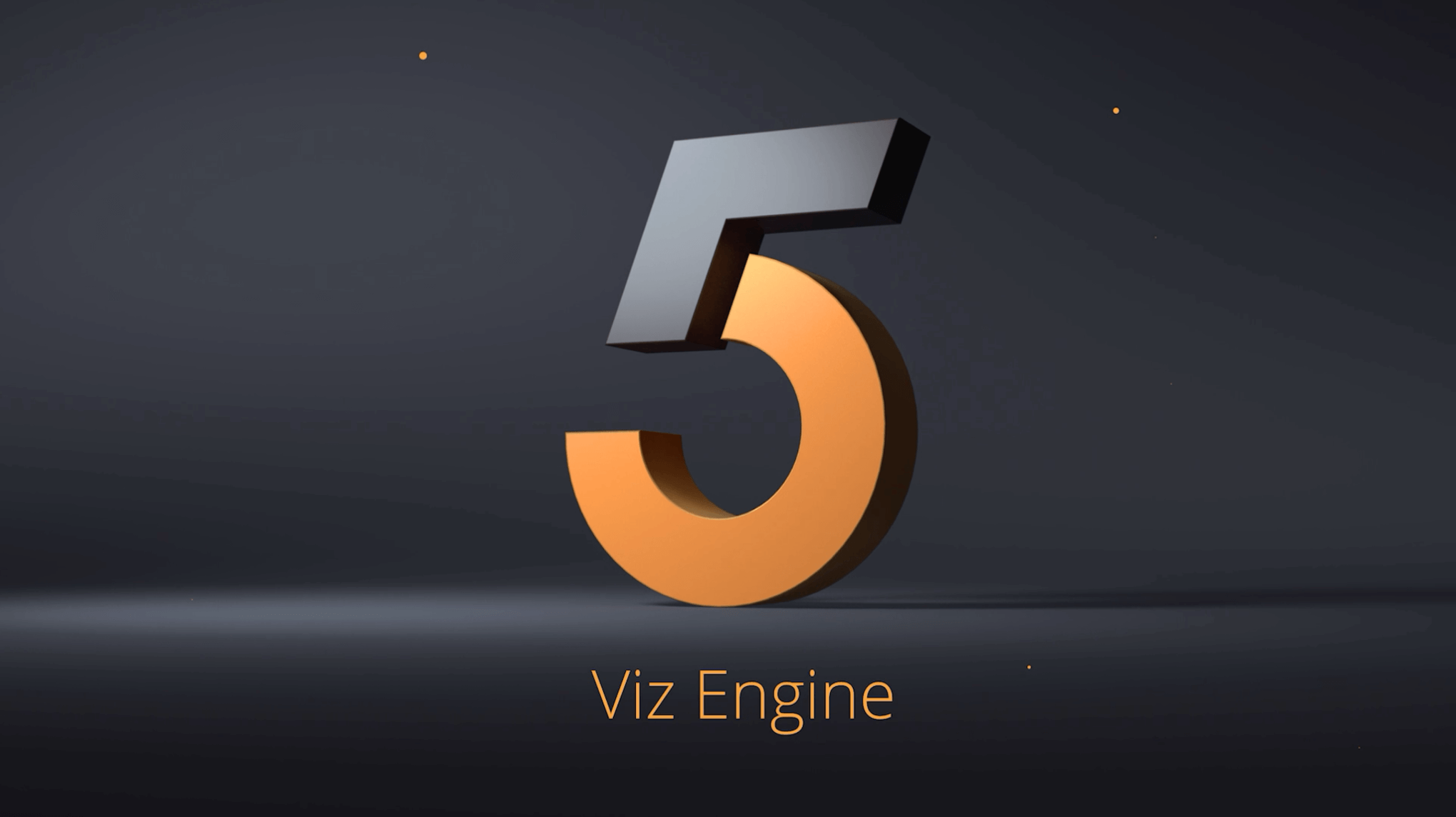
Viz Engine
The most versatile and powerful real-time 3D graphics rendering and compositing engine.
01.
Composite and render scenes and make them accessible for other Vizrt applications
02.
Render in real-time a wide variety of adaptive designs for studio or live environments
03.
Viz Engine 5.3 includes a Migration Helper Tool. Migrate and convert large graphic libraries to the more powerful Viz Engine Renderer.
Key features
Viz Engine is the superior compositing, real-time 3D rendering and video playout platform in the media industry. It renders animated 3D scenes in all resolutions, capable of utilizing any rendering pipeline. Viz Engine is the foundational backbone of today’s most advanced graphics and video production workflows.
With superb photo-realism, stunning effects and advanced compositing features combined with unrivalled performance, decisive integrations, absolute reliability, and sleek workflows, Viz Engine reduces complexity so you can increase your creativity.
New in Viz Engine 5.3
Tried and tested to perform in today’s transforming media environment, the latest version of Viz Engine 5 serves as the jumping-off point to the next generation of graphics innovation.
Viz Engine 5.3 delivers several new or improved features, including a helpful migration tool that makes upgrading to Viz Engine 5 easier – and faster – than ever. Also, expanded hardware support for the Matrox DSX LE5 SDI LP, HDR HLG workflows, and third-party integrations such as support for NDI 6 and Unreal Engine 5.3 and 5.4.
Get all the details by reading the Viz Engine 5.3 Release Article.
Reality Connect™
Reality Connect, a Viz Engine 5 exclusive, opens a new era of AI-driven 3D talent immersion within a virtual set by making real-time high-fidelity talent reflections and shadow casting possible – natively within Viz Engine and using only a single GPU.
Reality Connect anchors the talent within a virtual set by employing various applications of AI pose estimation, including Vizrt’s own Viz AI.
Adaptive Graphics™ Adapt to Video Walls
Viz Engine 5 solved the riddle of producing and serving graphics across multiple platforms, each possessing different aspect ratios, by introducing Adaptive Graphics.
Now, Viz Engine extends Adaptive Graphics to include user-defined aspect-ratio support for video walls, automatically and intelligently adjusting graphics to fit any video wall size, shape, and resolution. From traditional TV and hand-held device aspect ratios, and now to non-traditional displays such as studio video walls, virtual sets, and digital signage, Adaptive Graphics protects your brand by ensuring a consistent look and unified brand identity across all platforms and displays.
Unreal Engine 5® Integration
Viz Engine-5 introduced a completely new integration with Unreal Engine 5, one that set new benchmarks for ease of use and performance, plus controllability and asset management. Viz Engine 5.3 supports both Unreal Engine 5.3 and 5.4.
Viz Engine provides the industry’s widest range of platform connectivity, supporting 600+ plug-ins. Import models from Autodesk’s Maya and 3ds Max, Maxon’s Cinema4D, and Adobe After Effects. Support for multiple tracking systems is also available. When you include native NDI® integration for out-of-the-box AR graphics setups combined with PTZ cameras and cloud-based workflows, it’s no wonder Viz Engine is the leading graphics platform in the world.
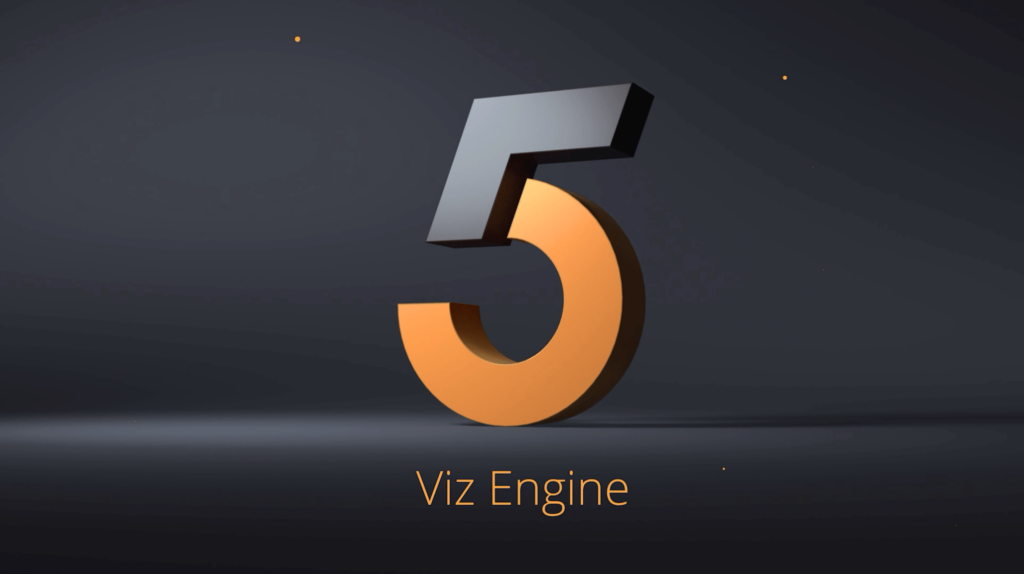
See how our customers are using Viz Engine

Vizrt delivers advanced virtual set ecosystem to BBC Sport for a year of sport
– with Viz Engine 4, Unreal Engine, Mo-Sys, BK Design and Lightwell –

Vizrt delivers groundbreaking software-first studio to Germany’s Welt with highly automated, switcherless SMPTE 2110 production
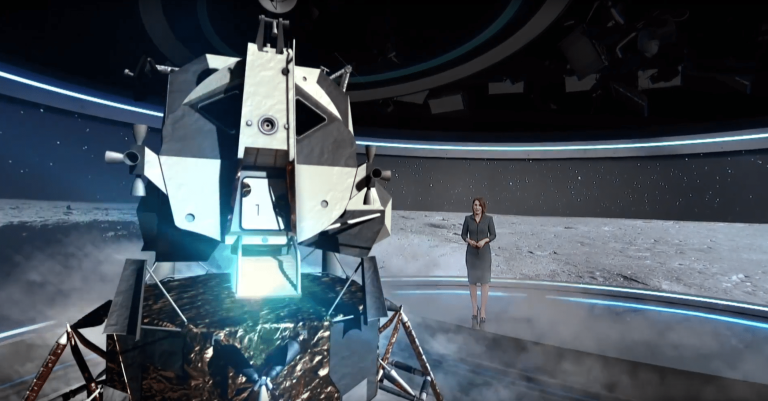
TVNZ brings immersive storytelling to viewers live on air
By embracing IP based, software defined visual storytelling production (SDVS) techniques, TVNZ has been able to continue to distinguish itself from the competition

Televisa covers Mexico elections with AR graphics from Vizrt and design by Polygon Labs
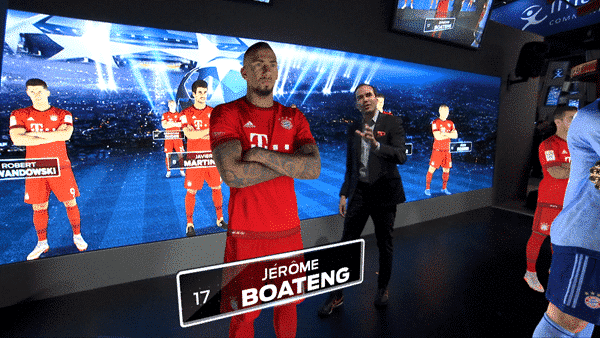
Virtual graphics improve program retention and media companies’ bottom line
Virtual sets are becoming more common as media companies strive to find a way to cost effectively differentiate themselves from competitors. Find out what is involved in creating a successful virtual set and augmented reality presentation.
Workflow
